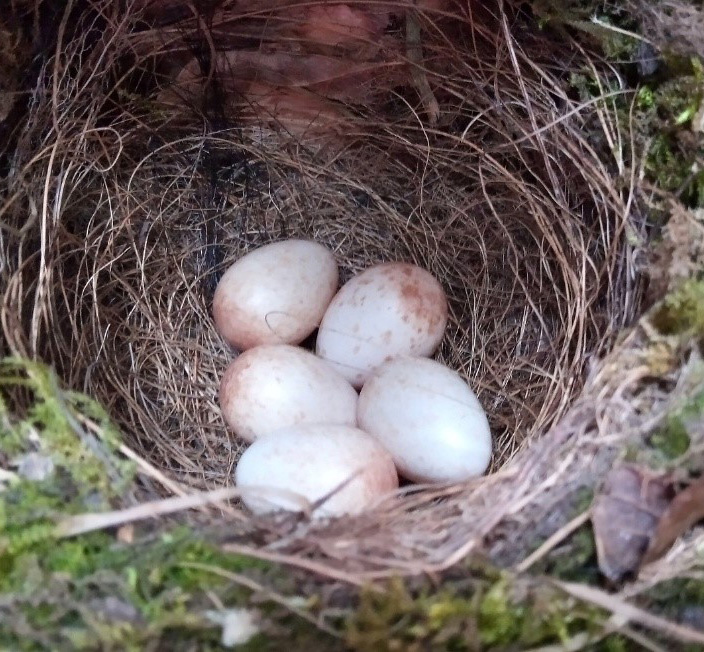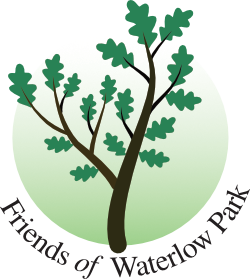‘Biodiversity is all the different kinds of life you’ll find in one area—the variety of animals, plants, fungi, and even microorganisms like bacteria that make up our natural world. Each of these species and organisms work together in ecosystems, like an intricate web, to maintain balance and support life. Biodiversity supports everything in nature that we need to survive: food, clean water, medicine, and shelter.” (World Wildlife Fund)
Biodiversity in Waterlow Park
The park is a Borough Grade I Site of Importance for Nature Conservation with a variety of habitats, including spring-fed ponds and areas of damp and meadow grassland, and some fine specimen trees. Planting and landscape on this small hillside support a varied flora and fauna, including fungi, invertebrates, amphibians, reptiles, fish, birds and small mammals.
“It is that range of biodiversity that we must care for – the whole thing – rather than just one or two stars.” (David Attenborough)
Within the grounds, there is a dedicated wildlife area used for education and maintained with the help of volunteers.
The Friends of Waterlow Park formed a biodiversity group which includes representatives from the Friends, Grounds Maintenance, Gardeners, Camden’s Biodiversity Officer and the Camden Conservation Volunteers / Green Gym.
Biodiversity Aims for Waterlow Park
The Biodiversity Group will over time draft proposals relating to these aims suggesting changes in the way the park can be managed and maintained to enrich the ecological environments in the park and boost biodiversity
Boggy Areas and Ponds
– Increase and protect habitat for wildlife
– Diversifying flora
– Managing drought through slowing water flow
Grasslands and Mowing
– Increase flower rich meadow
– Improving wildlife corridors – Mitigating against drought and erosion
Planting
– Increasing hedges in length and width
– Consider nectar availability for pollinators throughout the season
– Increased natural seeding, drought resilient planting, underplanting and spring bulb planting
Habitat for Fauna
– Protect and improve log piles, insect hotels and wildlife retreats
– Introducing plants for niche species
– Continue recording and reporting of wildlife, e.g. birds and butterfly surveys
Surveying Flora and Fauna
– ‘Seeing what is on your land’ to inform biodiversity strategy
– Increase participation in citizen science and nature education (ongoing)
Improve Communications
between the different parties engaged with biodiversity in the park to support Camden’s Biodiversity Strategy and Action Plan. Proposals ultimately need agreement by Camden Green Spaces Team
Flora and Fauna Surveys
An overview of surveys in Waterlow Park was presented at a biodiversity meeting which was organised by the Highgate Neighbourhood Forum in September 2022. Here is an updated version of this presentation on surveys in Waterlow Park.
Pondwater Survey
The Natural History Museum London launched the pilot study “GenePools” for the detection of environmental DNA from pond water in November 2021. The Biodiversity Group entered water samples of the Upper Pond in Waterlow Park, and the results were received in October 2022.
Here you can find notes on the local results, a GenePools Results Report, with background information and a detailed table of the organisms that were detected.

